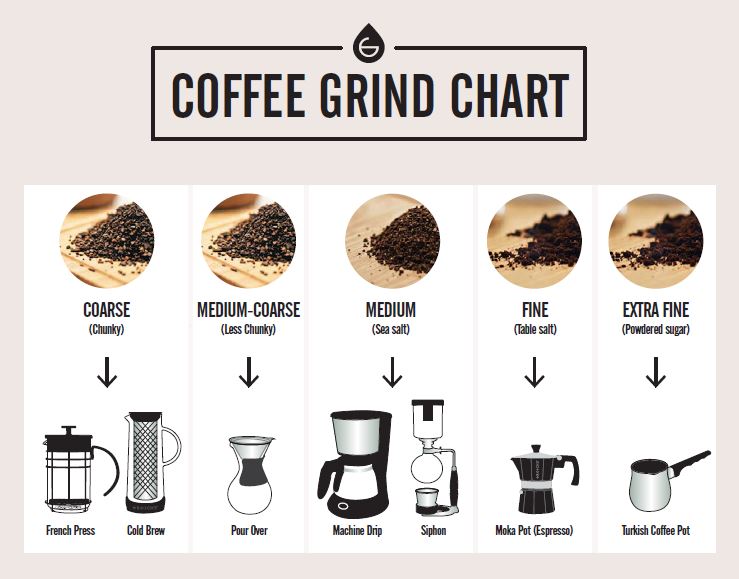Ever brewed an espresso shot, eagerly awaiting that first sip, only to be met with a sharp, sour taste? As a coffee enthusiast myself, I know how frustrating that can be. But here’s the good news: you can fix it! Over time, I've fine-tuned my espresso-making skills to overcome that sourness and brew a balanced, delicious shot every time. Whether you’re just starting out or have been perfecting your technique for a while, these tips will help you dial in the perfect espresso shot. If you’re looking to upgrade your setup, you might want to check out the Best Automatic Espresso Machine, which can make a significant difference in consistency. And for those hot summer days, pairing your espresso with the Best Iced Coffee Maker can give you a refreshing twist. If you’re more into creamy drinks, the Best Latte Maker can elevate your experience.
What Causes Sour Espresso?
Before we dive into the fixes, it’s important to understand why espresso turns out sour in the first place. Sourness is typically a result of under-extraction, meaning the coffee hasn’t had enough time to release its full range of flavors. When this happens, the natural acids in the coffee dominate, giving you that tart, unpleasant taste. Several factors contribute to this, and identifying them will help you troubleshoot the issue quickly.
1. Coffee Grind Size: The Key Factor
The grind size is arguably the most critical factor in espresso extraction. If your grind is too coarse, water flows through the grounds too quickly, leaving you with a sour and weak espresso. I remember when I first started making espresso at home—adjusting my grind to be finer immediately resolved much of the sourness in my shots.
How to Fix It: Start by setting your grinder to a finer setting and pull a test shot. Keep experimenting by making small adjustments. A finer grind allows more surface area for water to interact with, leading to better extraction and more balanced flavors.
2. Water Temperature: Don’t Let It Be Too Cool
Water temperature plays a significant role in how your espresso turns out. If your water is too cool, it won’t fully extract the flavors. Ideally, your water temperature should be between 195°F and 205°F (90°C to 96°C) for optimal extraction.
How to Adjust: Use a thermometer or your machine’s settings to check the temperature. Let your espresso machine warm up properly or adjust the temperature controls to fall within the recommended range.
3. Brewing Time: Timing Is Everything
The time it takes to pull your shot—known as extraction time—can make or break your espresso. A shot that pulls too quickly, in less than 25 seconds, often leads to sour flavors. In my early days, I rushed my shots, only to realize that slowing down the extraction time drastically improved the taste.
How to Fix It: Time your shots! Aim for an extraction time of 25 to 30 seconds. If it’s pulling too fast, try tamping the coffee more firmly or using a finer grind to slow the water flow. Be careful not to go too slow, as that could lead to bitterness.
4. Coffee Bean Freshness: Use Fresh Beans
Stale beans are another culprit behind sour espresso. Coffee beans are at their best within two to three weeks after roasting. I’ve made the mistake of using old beans, and the result was a flat, sour espresso.
How to Fix It: Always use freshly roasted beans. Check the roast date and aim to use the beans within a couple of weeks. If you’re not going through your beans fast enough, consider buying smaller quantities or subscribing to a service that provides fresh beans regularly.
5. Coffee Dose: More Coffee, Less Sourness
The amount of coffee you put in the portafilter also affects your espresso. Too little coffee, and the water will rush through too quickly, causing under-extraction and a sour taste. For a standard shot of espresso, aim for 18 to 20 grams of coffee.
How to Adjust: Use a digital scale to measure your coffee dose accurately. If your espresso is tasting sour, slightly increasing the dose may improve the flavor.

Additional Tips for Perfect Espresso
Once you’ve addressed these main factors, here are some extra tips that have helped me fine-tune my espresso-making process.
Invest in High-Quality Equipment
A good grinder and espresso machine can make a world of difference. A burr grinder ensures a consistent grind, which helps with even extraction. Likewise, a high-quality espresso machine that maintains consistent temperature and pressure will improve your overall experience.
Consistency Is Crucial
Once you find the right balance of grind size, water temperature, and brewing time, stick with it. Consistency is key to making great espresso every time. Keep track of your settings so you can replicate your best shots, just like the results you can achieve with the DeLonghi Magnifica Evo Review or the DeLonghi Magnifica S Review.
Experiment with Different Beans
Each type of coffee bean has its own unique characteristics, from origin to roast level. Don’t be afraid to tweak your settings based on the beans you’re using. For instance, lighter roasts might require a finer grind or longer extraction time than darker roasts.

Conclusion: Perfecting Your Home Espresso
Fixing a sour espresso isn’t as difficult as it may seem. By adjusting your grind size, water temperature, brewing time, coffee bean freshness, and coffee dose, you can dramatically improve your espresso’s flavor and eliminate sourness. Mastering espresso takes practice and patience, but with these adjustments, you’ll be well on your way to pulling balanced and flavorful shots at home. Keep experimenting, stay consistent, and enjoy the reward of a perfect espresso! For those using advanced machines like the Breville Dual Boiler BES920XL Review or the Breville Barista Touch Impress Review, these adjustments can make a noticeable difference in the quality of your shots.
